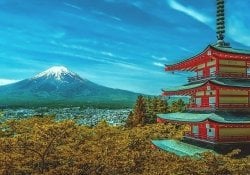Chrysanthemums are plants native to Asia and northeast Europe. Most species are native to East Asia and the center of diversity is in China. Numerous horticultural varieties and cultivars exist.
By the way, this is a plant/flower, very popular in Japan. It is widely used to make bonsai, among other uses. As we explain it better, you will understand how much it is valued in the country.
Well, we can't say much about how much, but we can say that it is valued. For example, this flower is used to name the position of the Japanese emperor and the throne. For those who don't know, this position is called the "Chrysanthemum Throne". So that's it, let's learn a little about it.
Índice de Conteúdo
What is a chrysanthemum like?
Chrysanthemums, also known as “mothers”, are one of the most beautiful varieties of perennials that begin to bloom in early autumn. This is also known as the favorite flower for the month of November.
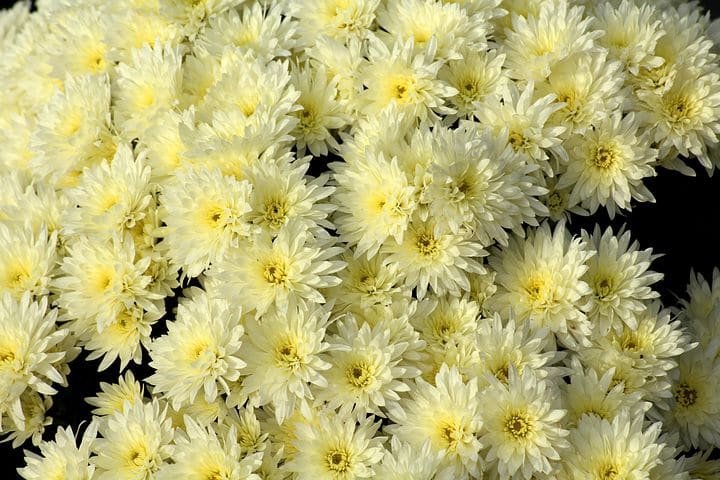
The description can be a little complicated, but let's leave some images. Wild chrysanthemum taxa are perennial herbaceous plants or sub-shrubs. They alternately arranged leaves divided into leaflets with serrated or occasionally smooth edges.
The composite inflorescence is a matrix of several heads of flowers, or sometimes a lonely head. The head has a base covered by layers of filaria. The single line of ray foils is white, yellow or red.
Chrysanthemum history
Chrysanthemums were first cultivated in China back in the 15th century BC. Being cultivated as a flowering herb. More than 500 cultivars were recorded up to 1630. The plant is known as one of the four gentlemen of Chinese and East Asian art. The plant is particularly significant during the Double Ninth Festival.
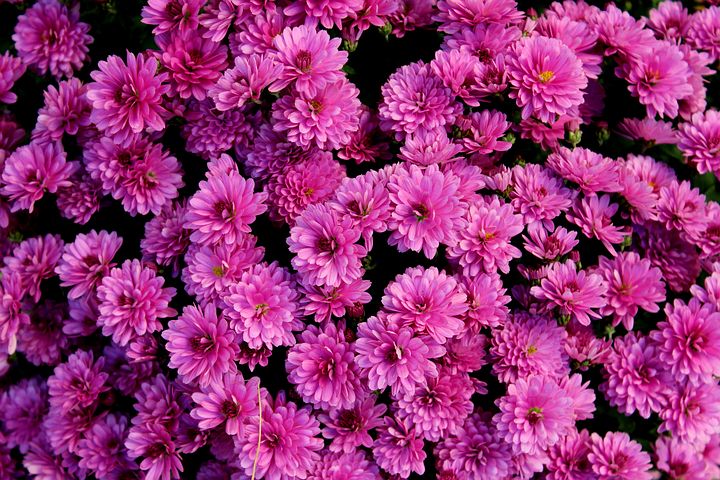
Chrysanthemum cultivation began in Japan during the Nara and Heian periods. Just to inform you, this period spans from the beginning of the 8th century to the end of the twelfth century. The plant eventually gained more popularity in the Edo period.
Soon, many other shapes, colors and varieties of flowers were created. The way the flowers were grown and shaped also developed and the chrysanthemum culture flourished. One point that affirms this is the fact that the Imperial Seal of Japan is a chrysanthemum.
Cultural significance and symbolism of the Chrysanthemum
Japan is one of the places where Chrysanthemum is very influential and valued. Another place where this happens a lot is in china, but let's just discuss the first one. In Japan, as has already been said, the chrysanthemum is a symbol of the emperor and the imperial family.
In particular, a “chrysanthemum crest”, i.e. the chrysanthemum flower design, indicates a connection to the Emperor. There are over 150 patterns of this design. Below we will cite several other uses and references to the Imperial chrysanthemum.
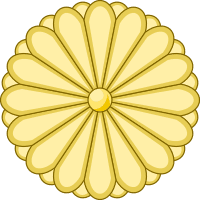
The Imperial Seal of Japan, which is used by members of the Japanese imperial family. In 1869, a two-layered 16-petal design was designated as the symbol of the emperor. Princes use a simple single layer pattern.
A number of shrines formerly endowed by the state have adopted a chrysanthemum crest. As the most important figure we can mention the Yasukuni Shrine in Tokyo.
The Chrysanthemum Throne is the name given to the position of the Japanese emperor and throne.
The Supreme Order of the Chrysanthemum is a Japanese honor bestowed by the Emperor on the advice of the Japanese government.
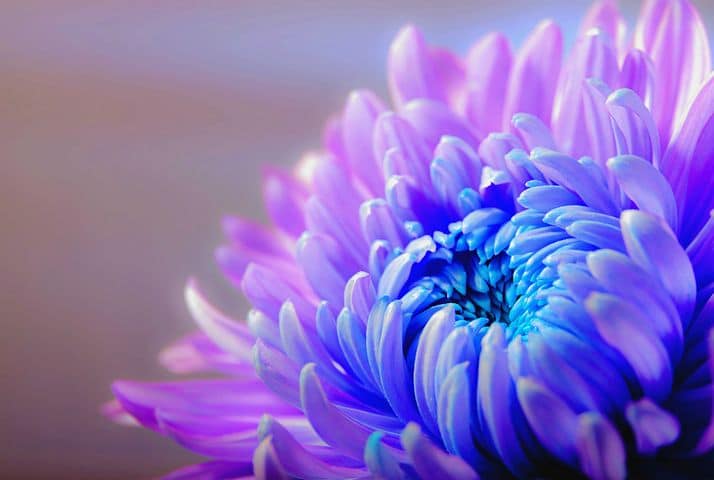
In imperial Japan, small arms were required to be stamped with the imperial chrysanthemum. After all, they were considered the emperor's personal property.
The article is still halfway through, but we recommend also reading:
A Chrysanthemum event
A series of festivals and concerts take place across Japan in the fall when the flowers bloom. Chrysanthemum Day is one of the five ancient sacred festivals. It is celebrated on the 9th day of the 9th month. It was started in 910, when the imperial court held its first chrysanthemum show.
And since I couldn't miss it, let's talk about a good program made for chrysanthemums. And of course, this is a program held in Japan. The Nagoya Castle Chrysanthemum Contest.
This is a contest that started after the end of the Pacific War. The event at the castle has become a tradition for the town. With three categories, it is one of the largest events of its kind in the region both by scale and by content.
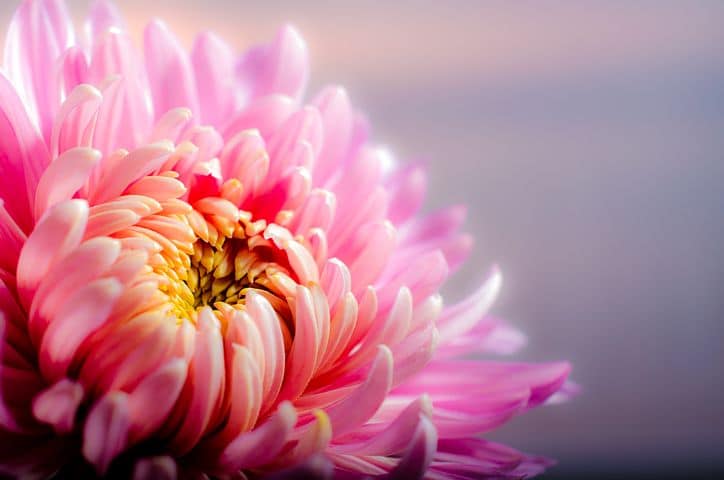
The first category is the display of cultivated flowers. The second category is for bonsai flowers. Which are combined with dead pieces of wood to give the illusion of miniature trees. The third category is the creation of miniature landscapes.
It's worth checking out so you don't miss the opportunity. Exhibition of flowers and plants are always colorful and interesting.
What do you think of the chrysanthemum?
They are certainly flowers very well seen in the country. Tell me in the comments if you like these plants. If you have any questions, suggestions or anything like that, just leave it in the comments.
Also, share and like the website page on social networks, it helps a lot in the dissemination. Anyway, thanks for reading this article so far, until next time. And don't forget not to give a bad review about Chrysanthemum in Japan.



